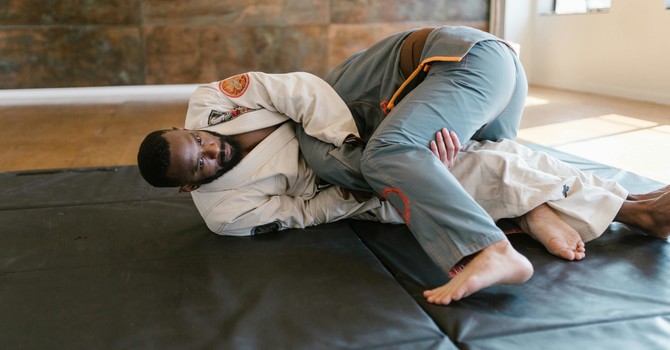
Did you know that surgery isn’t always the best first option for joint and muscle injuries?
Most people assume that a torn rotator cuff/shoulder injury, knee meniscus injury, or hip problem automatically means going under the knife. Studies have shown that in many cases, physical therapy can provide similar or even better results without the risks and costs of surgery. Conservative options like physical therapy should be considered first. Even a single evaluation with a physical therapist can help determine the severity of the injury and how it’s impacting your overall function. This allows the physical therapist to determine a treatment plan tailored to the patient to improve functional outcomes. For example, a large clinical trial on non-obstructing meniscal tears found that patients who started with PT had outcomes just as good as those who had surgery in overall knee function even at 2 year follow ups (BMJ, 2018). Similarly, research on rotator cuff tears showed that about 75% of patients improved with PT alone and were able to avoid surgery altogether (J Shoulder Elbow Surg, 2013). Similar results were seen for patients with shoulder impingement, a systematic review found no meaningful difference in pain or function between patients who had surgery plus PT versus PT alone even when followed for up to 10 years (PLoS One, 2019). Beyond clinical results, cost is another key factor. Surgery involves, not just the procedure itself, but other associated hospital fees and then post-operative rehab. Studies show that while surgical repair can be cost-effective in certain severe cases, non-surgical care is far less expensive and should be considered first (J Bone Fragility, 2024). In cases when surgery is recommended, utilizing physical therapy prior to surgery, often called “Prehab,” while awaiting a surgery that could be weeks to a month away can be beneficial in the overall recovery process and potentially reduce any post op complications one may face or resolve the issue entirely.

The Bottom Line
Surgery is sometimes necessary, but for many patients, starting with physical therapy can mean excellent outcomes, fewer risks, and lower costs. Before committing to surgery, it’s worth exploring whether PT can help you recover and get back to what you love doing safely and effectively. Seeing a quality physical therapist can help reduce pain, modify activities, and return to prior level of function if not greater, especially when post op follow up years later have yielded similar results to comparable surgeries. Surgery should be considered based on severity of injury, plateau or decline in progress with conservative care. As always, it’s a good idea to talk with your healthcare team, including a physical therapist, to figure out how your injury, lifestyle, and future goals all fit together. A good treatment plan should look at more than just the injured area. It should take your whole body, daily activities, and long-term health into account to help you recover the right way.
Dealing with a current or past injury? Don’t wait until it sidelines you. Schedule a 1-on-1 evaluation or movement assessment with our physical therapy team to address pain, instability/balance, or mobility issues

Valentine Ngo
Contact Me



